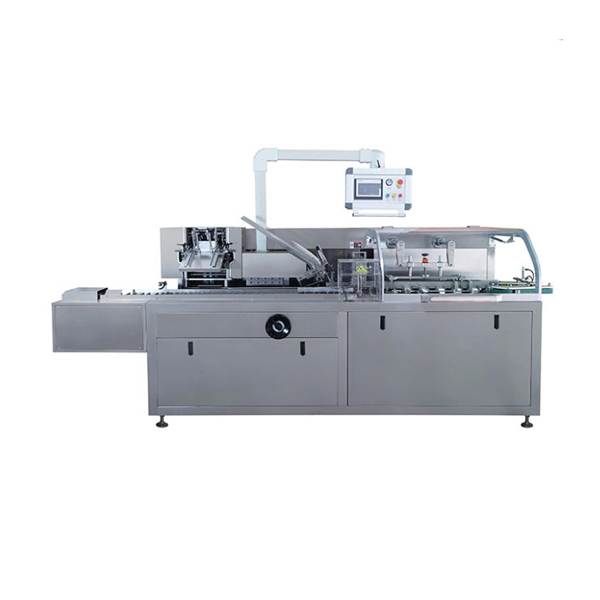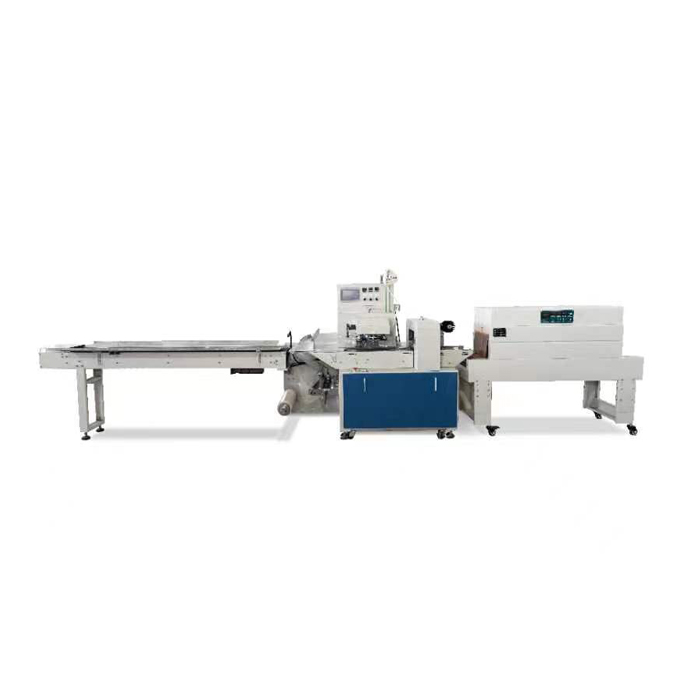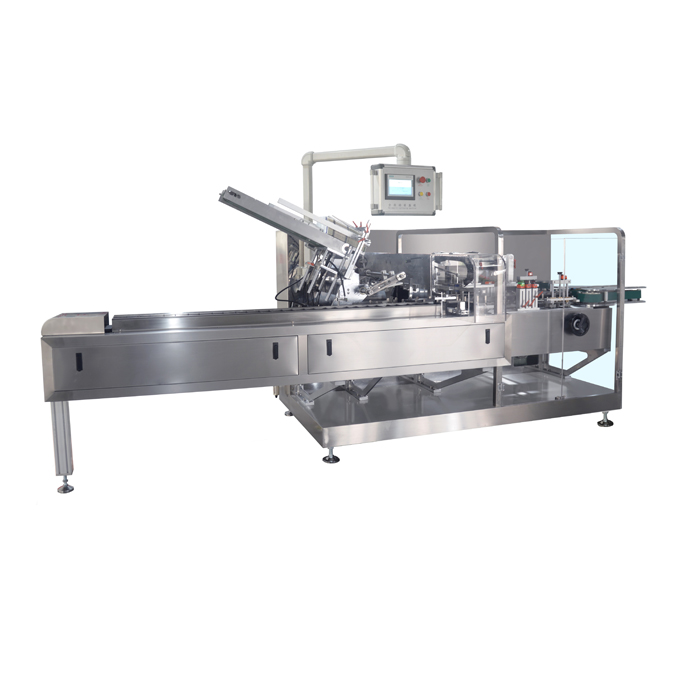Application and Development of Candy Cartoning Machine

As a key branch of packaging machinery, candy Cartoning machine have seen continuous expansion in recent years, driven by the wave of automation and intelligentization in the food industry, and their development prospects are broad.
1. Main Applications and Core Development Trends of Candy Cartoning machine:
1) Application Areas
Candy and Chocolate: Packaging various hard candies, soft candies, chocolates, etc., adapting to different product characteristics (such as fragility and stickiness). High Speed and Precision: Meeting the needs of large-scale production, ensuring packaging quality and efficiency.
2) Cross-Border Applications
Pharmaceuticals and Health Products: Packaging tablets, pills, chewing gum granules, etc., requiring high hygiene and safety standards.
3) Production Model
Mass Production: Fully automatic models achieve high-speed continuous production, reducing labor costs. Flexibility and Customization: Adapting to the trend of small batches and a wide variety of products, allowing for rapid changes in packaging specifications.
4) Development Trends
Industry 4.0 and Intelligence: Integrating AI and IoT technologies to achieve predictive maintenance, real-time monitoring, and data-driven optimization. Flexibility and Sustainability: Modular design accommodates diverse production; compatible with environmentally friendly materials (such as biodegradable and recyclable cartons). AI and IoT integration, touchscreen interfaces, energy-saving motors, and compatibility with environmentally friendly materials are also possible.
2. Outlook Summary and Challenges
Overall, the outlook for candy Cartoning machine is positive, but it also faces several challenges:
1) Positive Outlook: The global market, particularly in the Asia-Pacific region, is expected to experience significant growth driven by industrialization, booming e-commerce, and growing demand for consumer goods. These drivers primarily include the continued expansion of the food and beverage industry, increasing demand for packaging automation, and the demand for efficient and compact packaging solutions driven by the rise of e-commerce.
2) Practical Challenges:
· High initial investment and maintenance costs: This may be prohibitive for some small and medium-sized enterprises.
3) Competition from alternative packaging solutions: For example, flexible stand-up pouch packaging machines may offer cost or flexibility advantages in certain scenarios.
4) Rapid technological evolution: Companies must continuously invest to keep pace with technological advancements.


